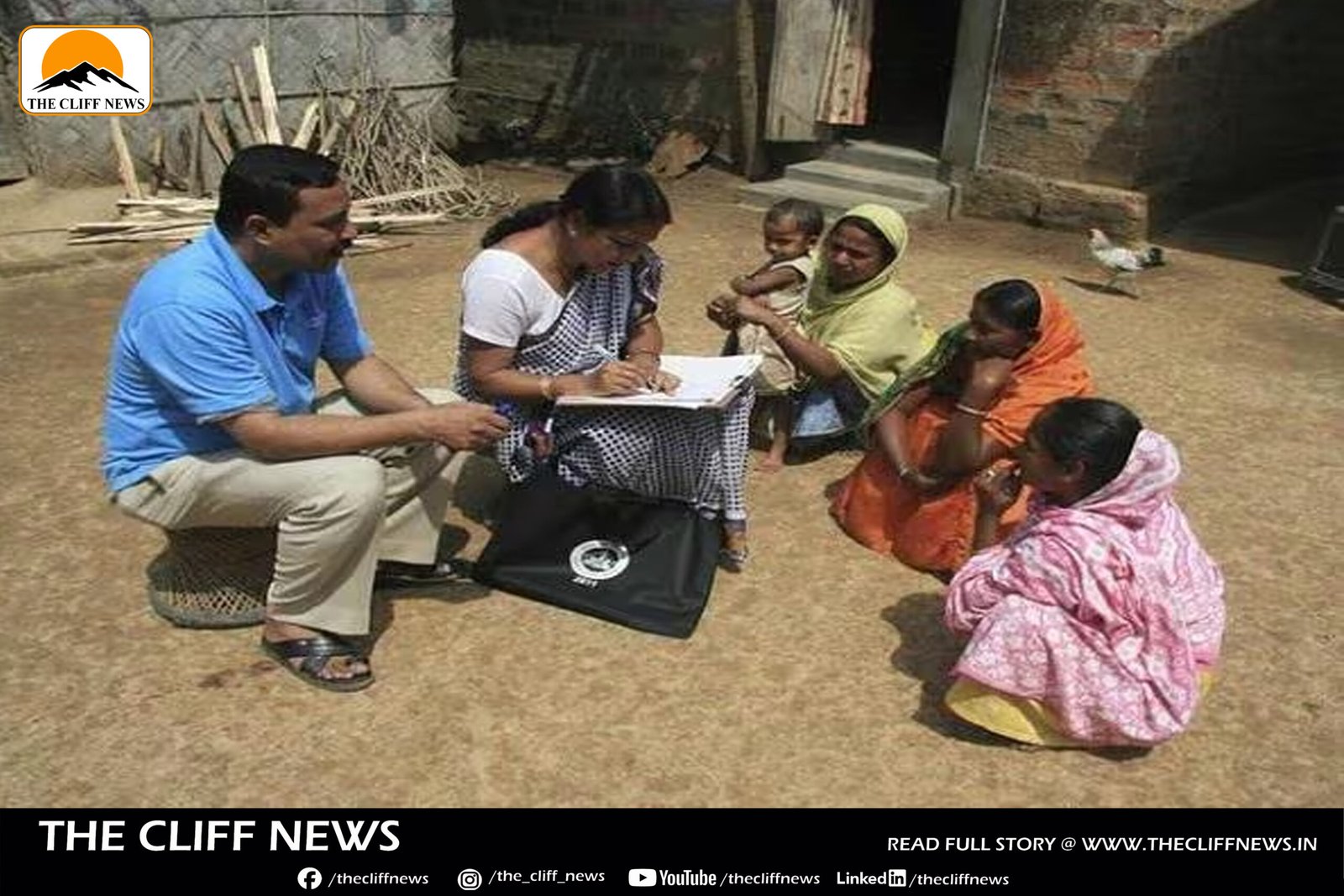Some prefer denial, others chase utopias, and a few romanticize a selectively remembered past. But when it comes to India’s complex social realities—particularly caste and communal relations—denial has often become a politically convenient narrative. A popular myth across ideological divides is that Hindus and Muslims lived in perfect harmony until the British sowed discord. The truth, however, is far more layered: history records both long-standing tensions and instances of genuine coexistence between communities well before colonial rule.
But this column turns its focus to a different form of denial—one often peddled by the political Right: the belief that caste is a colonial myth, artificially constructed by the British. This notion, that India once functioned as a casteless utopia, crumbles easily under the weight of contemporary and historical evidence. Caste is not only real, but its lived consequences persist even today—especially for Dalits and other marginalized groups who continue to face discrimination and violence despite constitutional safeguards.
While it is important to study ancient texts like the Rig Veda to understand India’s civilizational roots, debates over caste in Vedic times are academic distractions in the face of pressing present-day realities. The modern Indian caste experience is defined by 19th and 20th-century accounts, and, unfortunately, it remains far from eradicated. That said, there has also been significant social transformation in recent decades: the political and economic ascent of historically oppressed castes has led to shifts in power dynamics, sometimes even resulting in instances of reverse discrimination or retaliation.
In this context, the Modi government’s recent announcement on April 30 to include a caste tally in the long-overdue 2021 Census is a bold but necessary step. If implemented with statistical rigor and transparency, a caste-based census—accompanied by a socioeconomic survey—can help policymakers better assess the ground realities and reform affirmative action policies accordingly. This should have ideally been done in the aftermath of the 1992 Supreme Court verdict upholding the Mandal Commission recommendations for OBC reservations.
India’s Constitution-makers envisioned a casteless society, but they were also realists. They instituted affirmative action for Scheduled Castes and Scheduled Tribes, initially for a period of 10 years. Political compulsions have extended these provisions, and similar support for Other Backward Classes became law in 1990 under VP Singh. In today’s democratic setup, these entitlements are politically untouchable—even if they remain socially and economically contentious.
The debate over reservations is not just ideological—it’s also fiscal and administrative. With lakhs of crores of taxpayer money directed toward various reservation schemes, it is imperative that decisions be based on updated and accurate data. Affirmative action, while necessary, is not free of consequences: it fuels identity politics, deepens social fault lines, and has led to increasingly aggressive caste-based mobilizations across India—including in states like Haryana, Gujarat, Maharashtra, Karnataka, and Andhra Pradesh.
Ultimately, caste may not define India’s future, but pretending it doesn’t define its present is self-deception. Instead of denying caste’s existence or dreaming of a utopia, India must embrace a data-driven, transparent, and pragmatic approach—one that acknowledges past injustices while preparing for a more equitable future.



